Make good use of the "golden time"
According to the report of Bac Ninh Provincial Statistics, in the first 7 months of the year, the export turnover of the textile, garment and footwear industry of the province is estimated to reach more than 1.3 billion USD, an increase of 38.87% over the same period last year. The main reason for the increase is that the demand for textile products in major markets such as the United States, Europe and Japan has clearly recovered after a difficult period, leading to a sharp increase in export orders for Vietnamese enterprises, including Bac Ninh.
 |
Production line at Daum&QQ Vietnam Limited Liability Company (Hiep Hoa commune). Photo: Do Quyen. |
In addition, Bac Ninh textile and garment enterprises have actively sought and expanded new markets; invested in research and development, launching products with high added value. Many enterprises have also invested in modern technology, automating production processes, helping to optimize costs, improve productivity and product quality. Corporate governance has also been improved, helping to quickly grasp market opportunities...
In particular, the US's temporary imposition of a 10% reciprocal tax on Vietnamese goods for 90 days (from April 9, 2025) is considered a "golden time" for businesses to boost exports and soon complete their set goals. Accordingly, textile and garment enterprises have accelerated production to best meet customer demand. Mr. Nguyen Duc Thang, CEO of Dap Cau Garment Corporation, Vu Ninh Ward, shared: "As soon as the US imposed a 10% reciprocal tax for 90 days, customers urgently requested delivery in a short time. The Board of Directors of Dap Cau Garment Corporation proactively renegotiated with customers in the spirit of sustainable cooperation, optimizing production capacity to increase products and value. Currently, the Corporation has 3 companies and 1 affiliated garment factory with nearly 100 production lines, creating stable jobs for 3,500 workers. In the first 7 months of the year, the unit's revenue is estimated at 400 billion VND, an increase of 14% over the same period last year. The number of orders is enough until the end of the third quarter and is negotiating for the fourth quarter".
Similarly, many other garment enterprises in the province also identified the 90-day period when the US temporarily imposed a 10% reciprocal tax as a "lightning-fast" time to produce and complete important orders in early July. Enterprises all reorganized production, worked overtime reasonably, and launched system-wide competitions to soon complete their milestones.
Proactively respond to new challenges
Recently, the United States announced a common reciprocal tax rate with many partner countries at 10 - 41%, of which Vietnam is at 20%. This figure is significantly lower than the initially expected 46%, which is considered a positive signal and an acceptable tax rate in the new context. Many enterprises in the textile and garment industry have proactively implemented solutions, responded promptly, and are in line with new tariff policies such as: Diversifying customer partners and products; innovating technology, improving labor quality; focusing on investing in green production, circular production, fully meeting the rules on origin and origin of goods, which are prerequisite standards when entering the US market.
| According to the report of Bac Ninh Provincial Statistics, in the first 7 months of the year, the export turnover of the textile, garment and footwear industry of the province is estimated at more than 1.3 billion USD, an increase of 38.87% over the same period last year. |
At the same time, proactively renegotiate contracts with partners, negotiate to adjust prices or share costs arising from tariffs. In the long term, businesses take advantage of opportunities from new-generation free trade agreements that Vietnam participates in, such as the Vietnam-EU Free Trade Agreement and the Comprehensive and Progressive Agreement for Trans -Pacific Partnership to expand markets to Europe, Japan, and South Korea, reducing dependence on one market.
Ms. Pham Thi Tra Giang, Production Director of DHA Limited Liability Company, Luong Tai Commune - a unit specializing in the production of export garments, shared: "In the coming time, the Company will focus on improving internal resources by training human resources, applying modern technology to support the production process to reduce costs and enhance competitiveness. Focus on exploiting and expanding to new markets such as Korea, Japan, Canada... to gradually reduce dependence on one market".
Thuan Thanh International Fashion Joint Stock Company, Song Lieu Ward, also invested in specialized machinery; applied AI and robot technology in design, model development, production, etc. At the same time, aiming to exploit the domestic market and export to Europe, member countries of the Comprehensive and Progressive Agreement for Trans- Pacific Partnership.
Mr. Nguyen Van Phuong, Deputy Director of the Department of Industry and Trade, said that for a long time, the United States has been a major export market for Vietnamese textile and garment enterprises. The US's application of a 20% reciprocal tax rate on Vietnam poses a challenge to Vietnamese enterprises in general and textile and garment enterprises in particular. However, there are still opportunities in challenges, because this is the pressure forcing enterprises to diversify export markets, reducing dependence on one or a few large markets. This is also an opportunity for enterprises to re-evaluate their capital and technology capacity, improve productivity, product quality and management efficiency. In fact, in the context of global trade and economy in July and the first 7 months of the year with many fluctuations, the total export turnover of the textile and garment industry still grew well.
With the initiative of enterprises, it is forecasted that the province's textile and garment export turnover will continue to achieve positive results in the new context, contributing to local economic growth.
Source: https://baobacninhtv.vn/bac-ninh-da-dang-thi-truong-nang-suc-canh-tranh-cho-nganh-det-may-postid424113.bbg





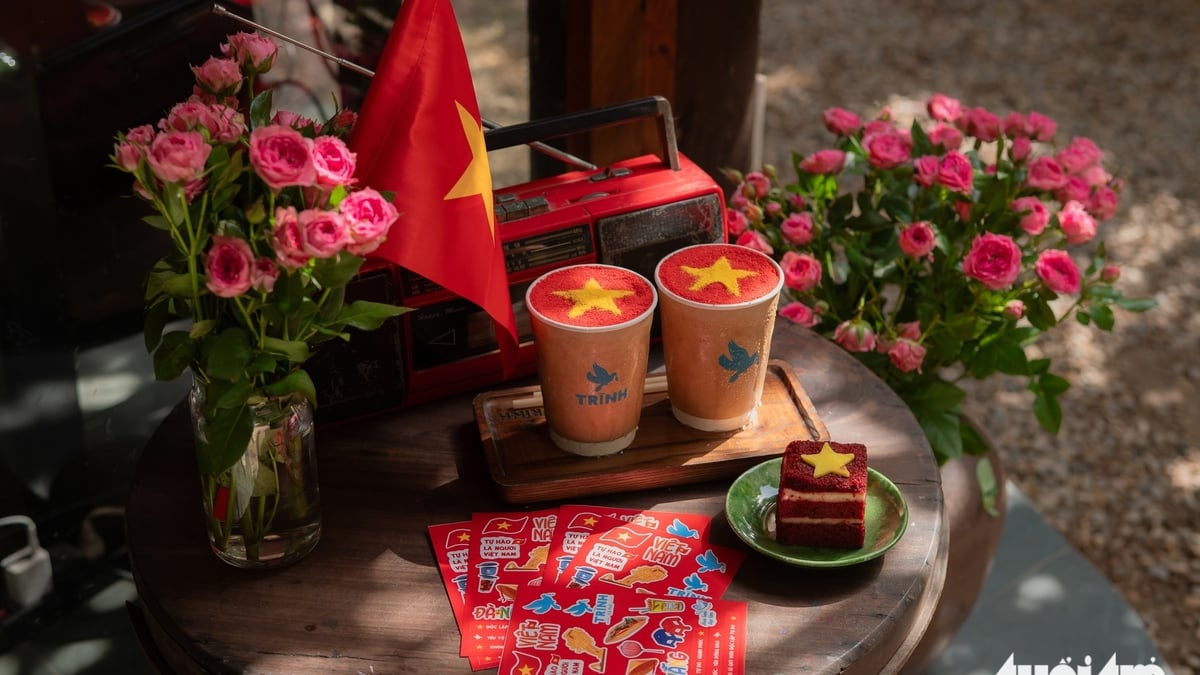

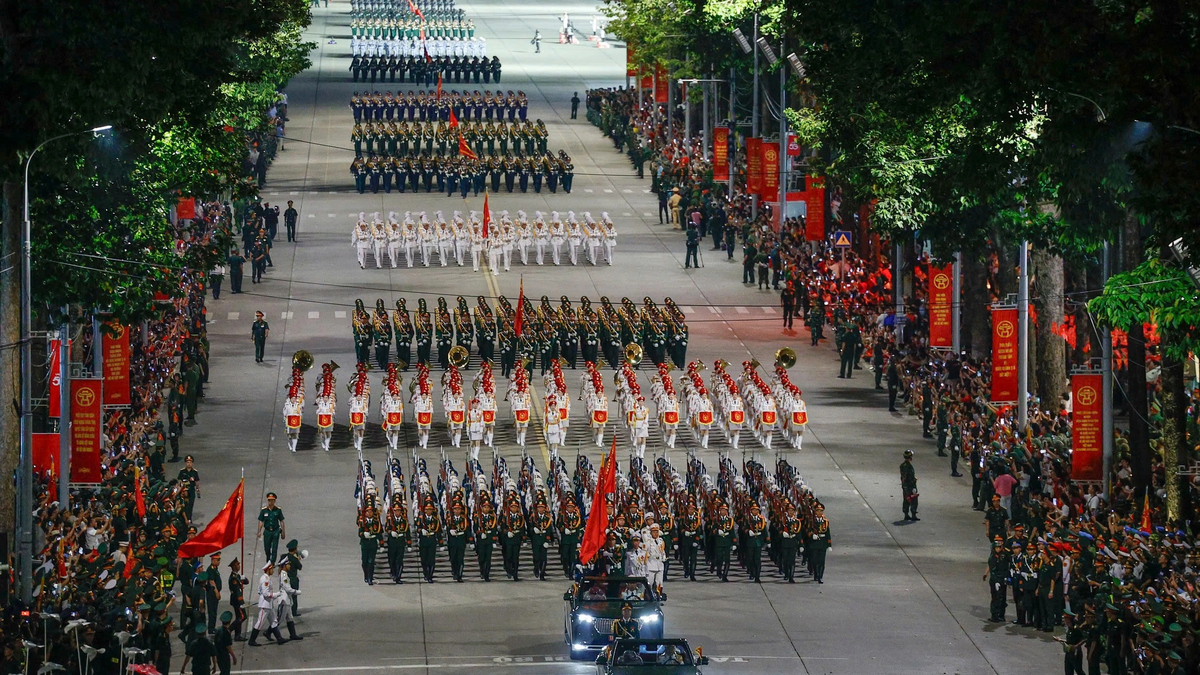
![[Photo] General Secretary To Lam attends the 80th anniversary of Vietnam's diplomacy](https://vphoto.vietnam.vn/thumb/1200x675/vietnam/resource/IMAGE/2025/8/25/3dc715efdbf74937b6fe8072bac5cb30)


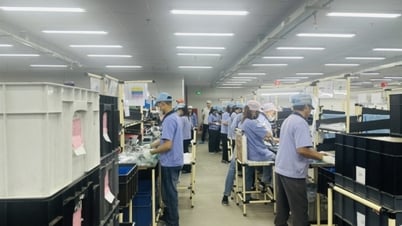

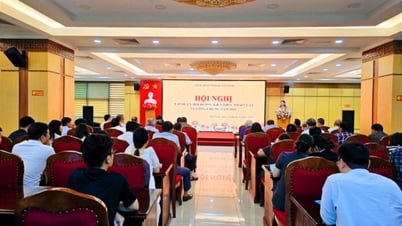
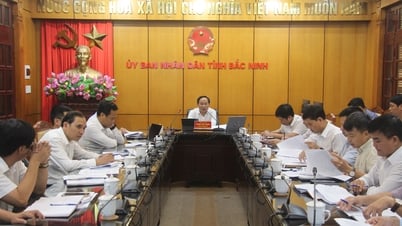



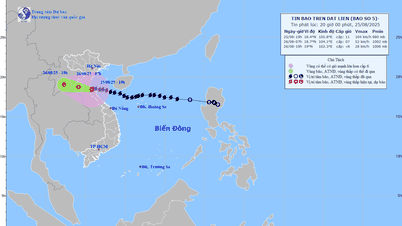





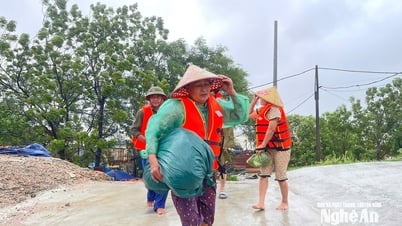


















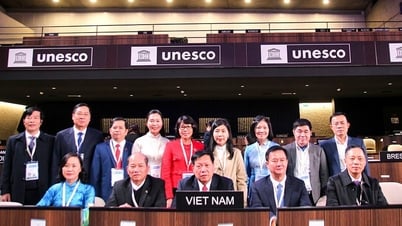

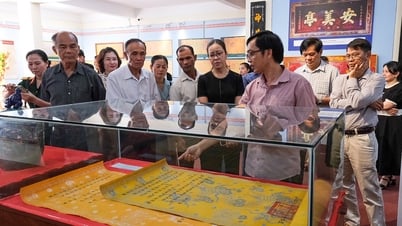











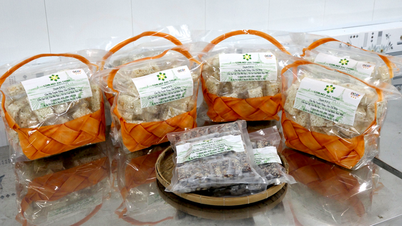


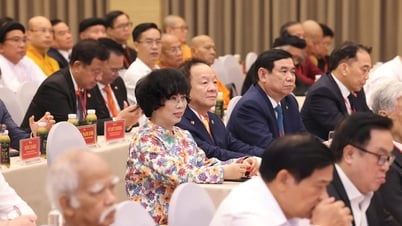



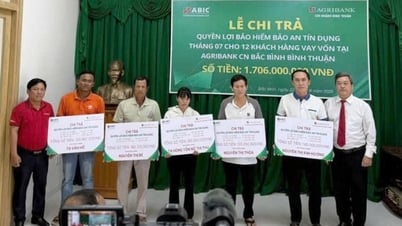


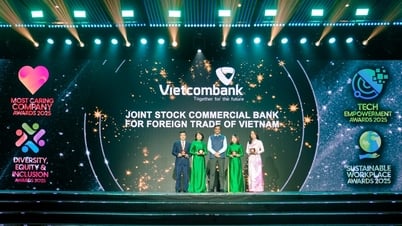




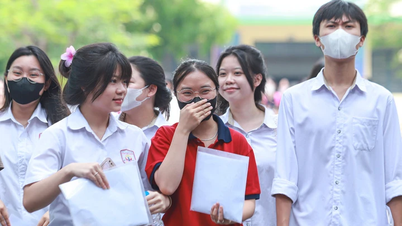


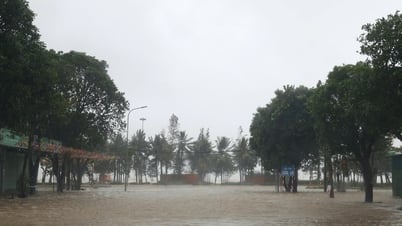



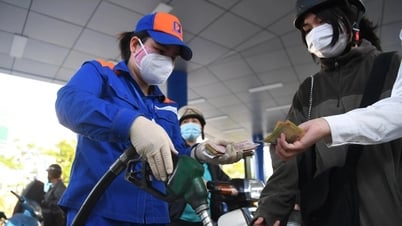


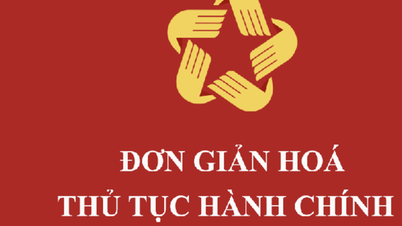


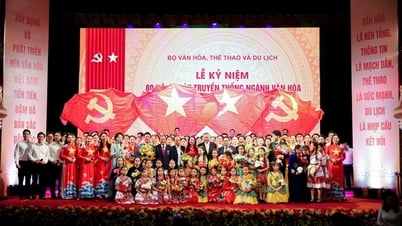






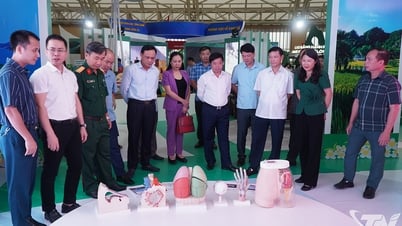



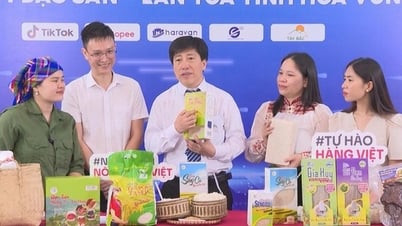


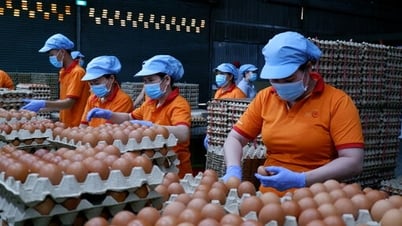

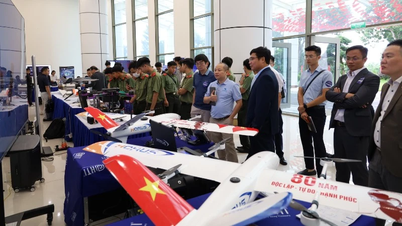


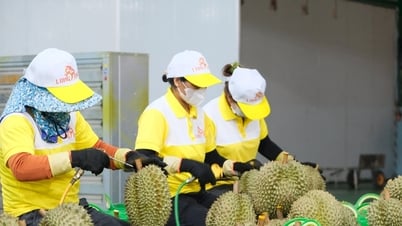


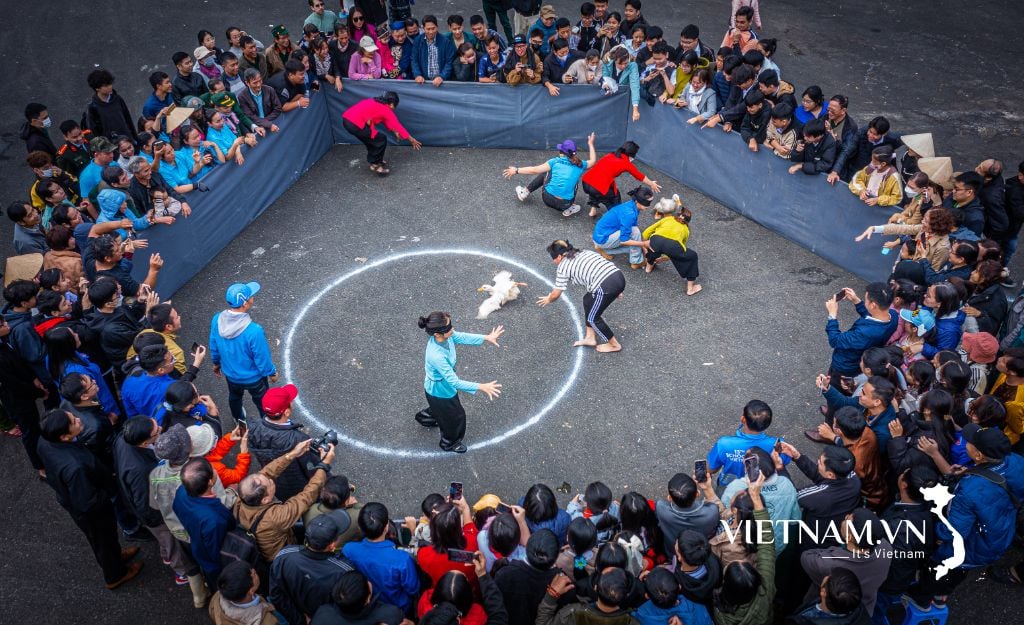

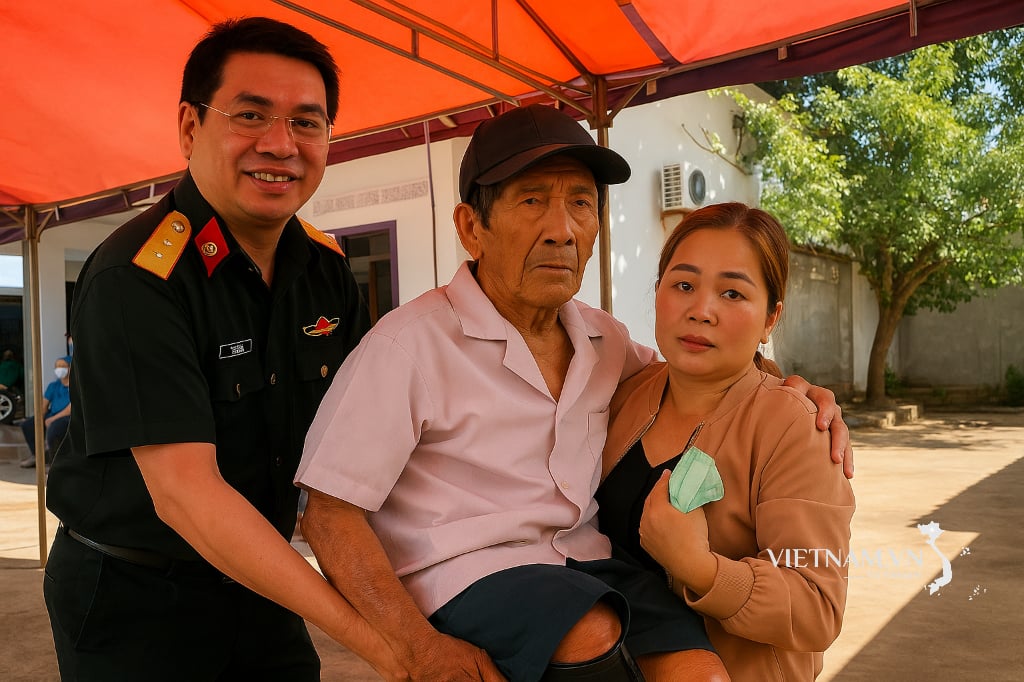

Comment (0)